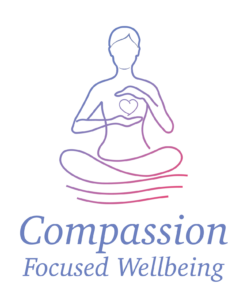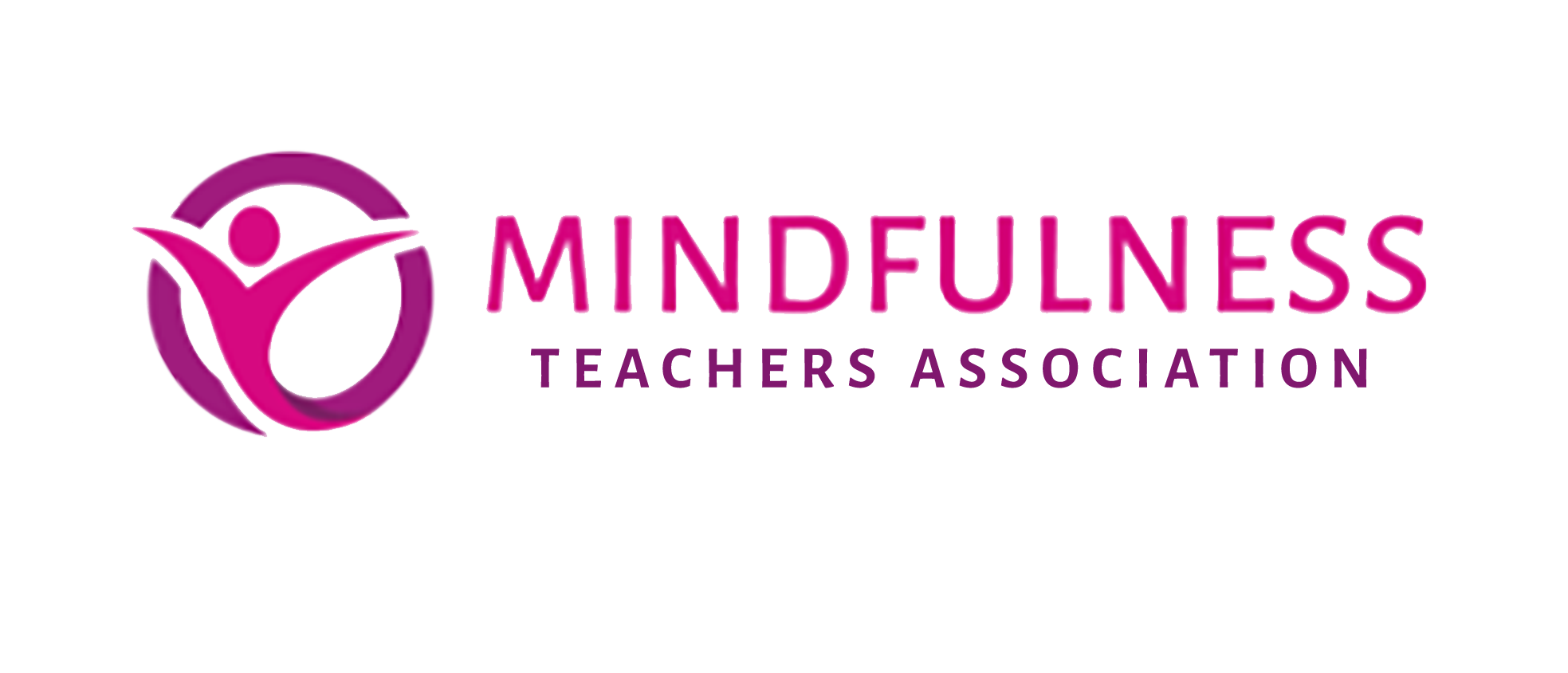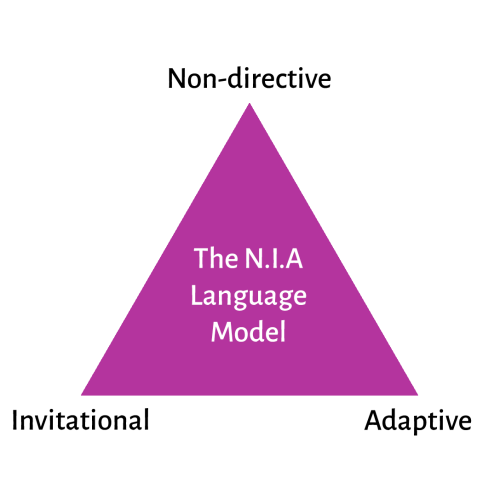How to Train in Compassion-Focused Wellbeing Practices (UK Guide)
Your Opportunity to Become an Accredited Compassion Teacher
re you looking to deepen your understanding of compassion-based approaches to mental health and emotional resilience? Whether you’re a mindfulness teacher, therapist, coach, or simply passionate about wellbeing, Compassion Focused Wellbeing (CFW) training offers an integrated, trauma-informed way to support others—and yourself—through the lens of compassion.
💡 What Is Compassion Focused Wellbeing?
Compassion Focused Wellbeing (CFW) is a unique training programme that fuses Compassion Focused Therapy (CFT), Mindful Self-Compassion (MSC), and the Mindfulness Now Programme. This integrated approach equips participants with the tools to work effectively with those experiencing emotional pain, chronic stress, trauma, and shame, while also helping to build long-term emotional resilience.
Developed by Nick Cooke and Madeleine Agnew, the CFW programme has grown out of over a decade of experience running the well-established Mindfulness Now programme. Their goal was to create a more compassion-centred pathway that supports participants in developing a kinder, more accepting relationship with themselves and others.
🧘♀️ Fusing CFT, MSC and Mindfulness
The CFW approach draws on the latest research and practical applications from:
Compassion Focused Therapy (CFT) – Developed by Professor Paul Gilbert, CFT focuses on activating the brain’s soothing system and working with the threat/drive/soothing model.
Mindful Self-Compassion (MSC) – Created by Kristin Neff and Christopher Germer, MSC provides accessible tools for developing self-kindness, mindfulness, and a sense of common humanity.
Mindfulness Now – A programme that integrates Mindfulness-Based Stress Reduction (MBSR) and Mindfulness-Based Cognitive Therapy (MBCT), now further enriched with compassion-focused practices.
This fusion creates a powerful and flexible teaching framework suitable for working one-to-one, in groups, in schools, and in therapeutic or coaching settings.

🎓 Your Opportunity to Become an Accredited Compassion Teacher
The Compassion Focused Wellbeing Teacher Training is now open for enrolment. This in-depth programme not only trains you to deliver the 8-week and 4-week CFW courses, but also prepares you to facilitate compassion-focused retreats, support young people and teens, and integrate compassion into your existing mindfulness or therapy work.
Graduates are invited to join a growing network of licensed and accredited CFW teachers, supported by the UK College of Mindfulness Meditation. The training is accredited by:
National Register of Psychotherapists and Counsellors (NRPC)
National Council for Hypnotherapy (NCH)
Mindfulness Teachers’ Association (MTA)
📚 What the CFW Training Covers
Some highlights of the comprehensive curriculum include:
Introducing compassion and the foundations of CFW
The 10 Attitudes of Compassion
Teaching the 8-week and 4-week CFW Programmes
Trauma-informed teaching and understanding “backdraft”
Working with children and teens using compassion-based approaches
Self-compassion vs self-esteem
Guided compassion-based meditations and exercises
Creative tools like compassionate journalling and letter writing
Exploring the “Yin and Yang” of compassion
Leading compassion retreats and group sessions
Compassionate movement, imagery, and touch practices
Self-care and resilience for the teacher or practitioner
Safety, ethics, and boundaries in compassion work
🧭 Is This Training Right for You?
This course is ideal if you’re:
A mindfulness or wellbeing teacher wanting to deepen your offering
A coach, therapist, or educator working with people in emotional distress
A healthcare or helping professional who values trauma-sensitive practices
Someone passionate about personal development and self-compassion
No previous formal academic training is required, but this training has been designed for mindfulness teachers who have already completed their training and are now looking to advance this further.
🚀 Get Started Today
The need for compassion—personally, socially, and professionally—has never been greater. If you’re ready to step into a more compassionate way of teaching, helping, and living, the Compassion Focused Wellbeing training is a powerful next step.
👉 Learn more and apply for the next training cohort via the UK College of Mindfulness Meditation.











